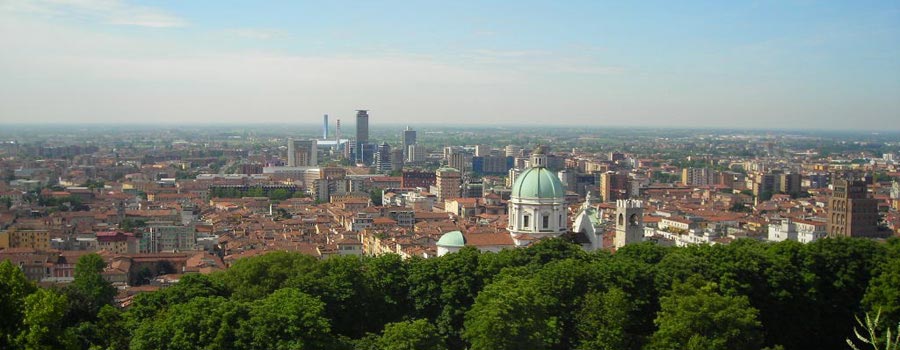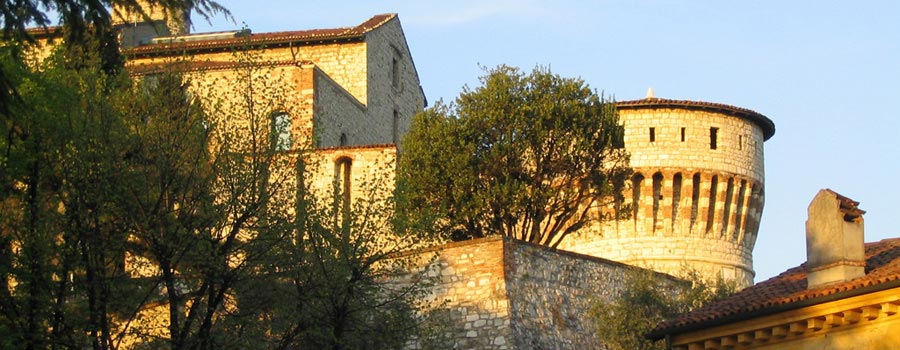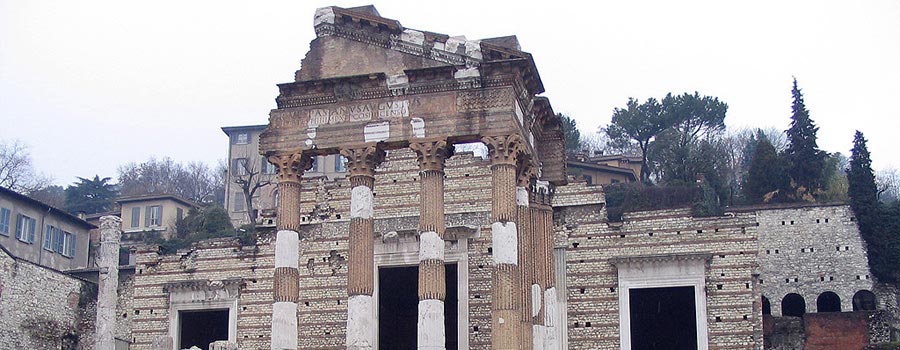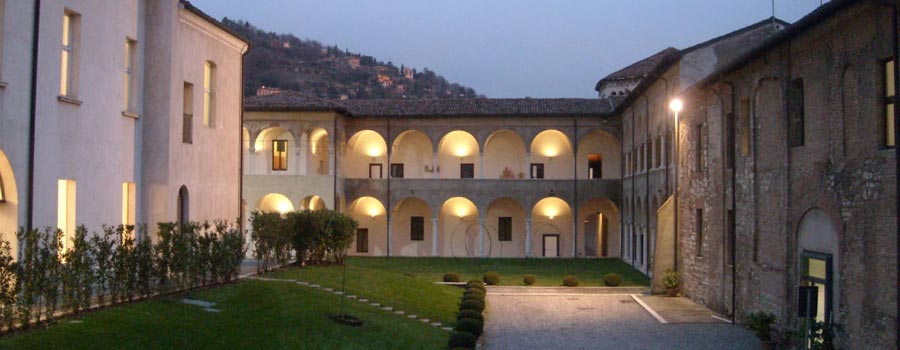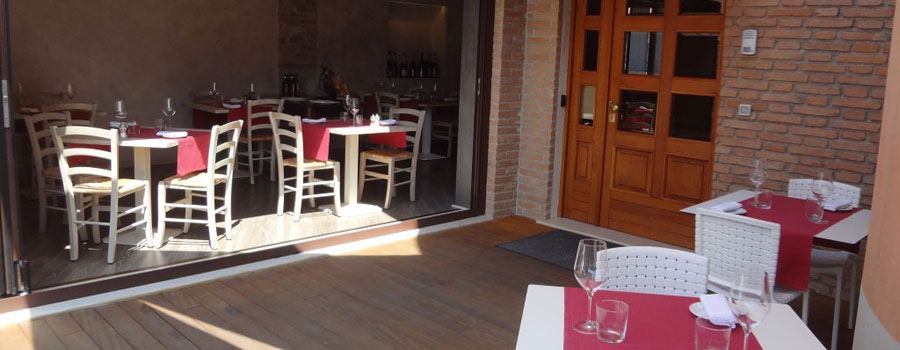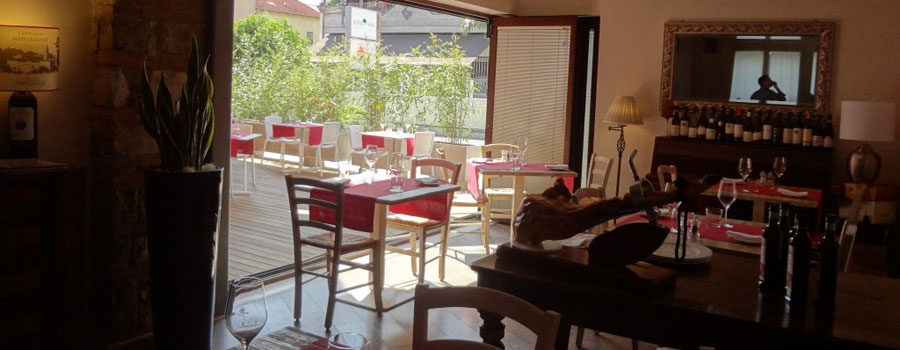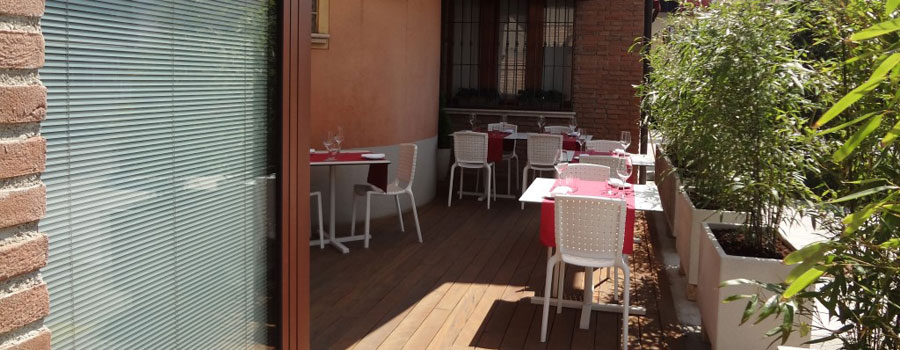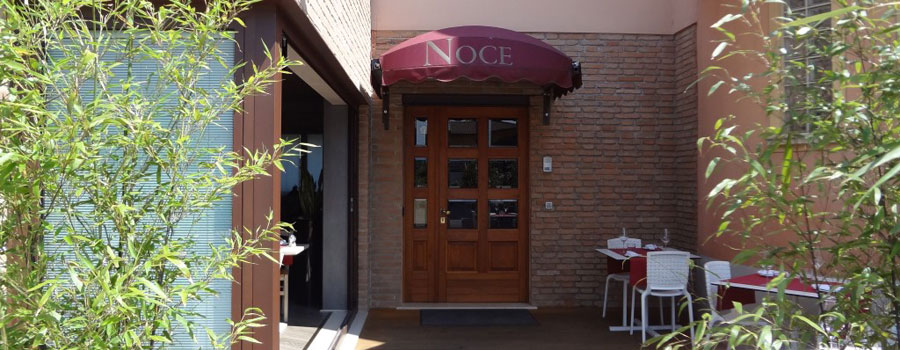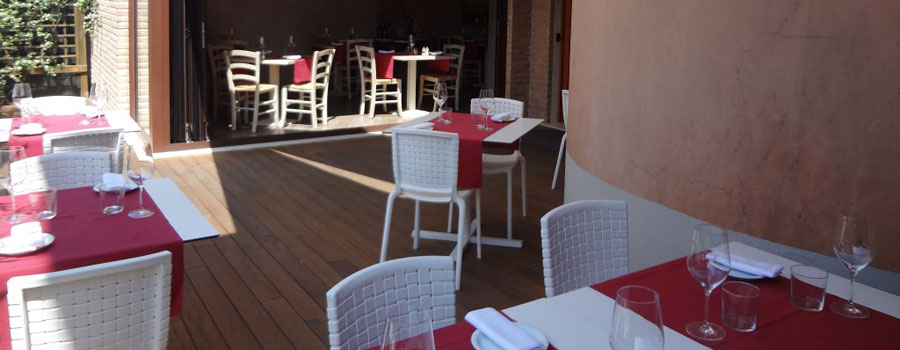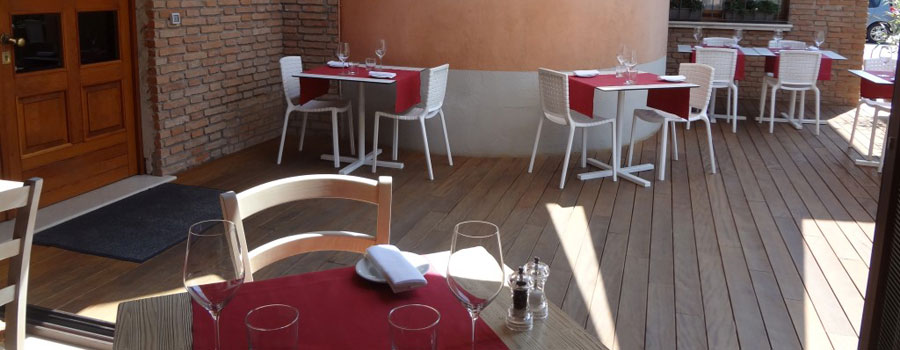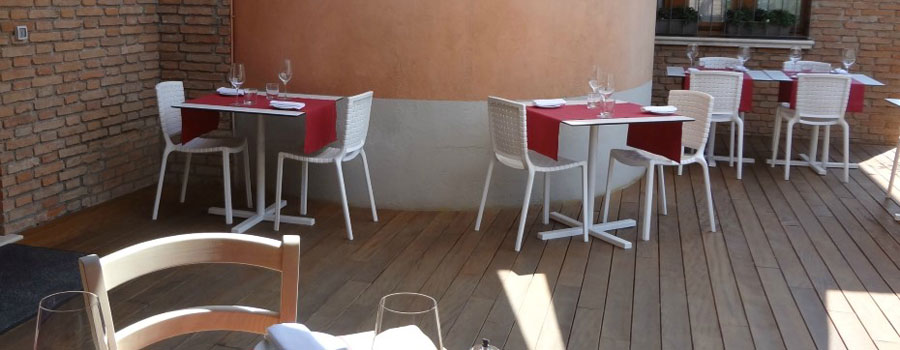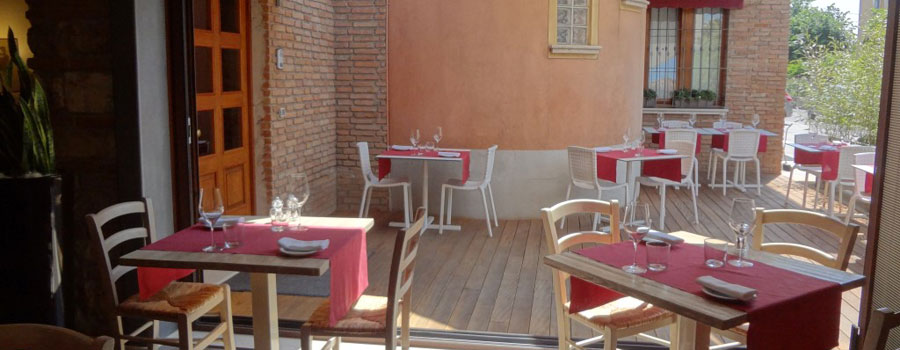A weekend in Brescia, a city of art that will surprise you
Do not miss the complex of Santa Giulia. UNESCO World Heritage Site
Best known as an industrial and commercial city, Brescia is very underrated and little known in terms of the rich historical and architectural heritage, which makes it a very attractive destination for a weekend.
Probably founded by the Gauls, Brescia became a Roman city in 49 BC and lived a few centuries of splendor until the disintegration of the Roman Empire. Brescia was later the seat of a Lombard duchy, then a free municipality. In 1428 it was annexed to the Republic of Venice, to which it belonged until 1797. During the Risorgimento, the people of the city fought back valiantly the hostile Austrians in the so-called Ten Days (March 23-April 1, 1849), which earned Brescia the nickname of "Lioness of Italy".
In the Forum Square of the Roman city core, we find the partially rebuilt Capitoline Temple(73 AD), the Roman Theatre and the Basilica.
The historical center of Brescia is enhanced by remarkable medieval monuments, including the Broletto, the Rotunda or the old Cathedral (one of the rare examples of circular church), the churches of San Salvatore (the ninth century, in the former monastery of Frankish origin); Santa Maria in Solario (XII century) and St. Francis (XIII century).
Also some very interesting buildings of the Renaissance are the Loggia (Palazzo Comunale, 1491-1574) and the Palazzo del Monte di Pietà (1484-1597), both in the Piazza della Loggia.
The Tosio-Martinengo, one of the most important collections of Lombard painting, exhibitits among others, valuable works of painters like Savoldo Romanino and Moretto, both from Brescia On the hill Cidneo (site of the first settlement), is the sixteenth-century castle that houses the museum of the Risorgimento and Firearms and a beautiful garden with a stunning view of the city.
Focal point for a visit to Brescia is the Museum of Santa Giulia, a World Heritage Site since 2011.
Unique in Italy and Europe for exhibition concept and venue, the City Museum is housed in a monastic complex of Lombard origin that includes the Lombard church of San Salvatore and its crypt, the Romanesque Santa Maria in Solario, the Nuns' Choir, the sixteenth-century church of Santa Giulia and cloisters.
A true journey through the history, art and spirituality of Brescia from prehistoric times to today in an exhibition area of 14,000 square meters. Inside the museum is also exposed the Winged Victory, the large bronze statue from the Roman Temple Capitolium.
For more information:
- http://www.bresciamusei.com/
- http://www.bresciatourism.it/
- http://www.turismobrescia.it/ Turism Portal of the Municipality of Brescia
- http://www.bresciamobilita.it/ Bus, parking lots, Metrobus, Green Mobility (bike rental)





